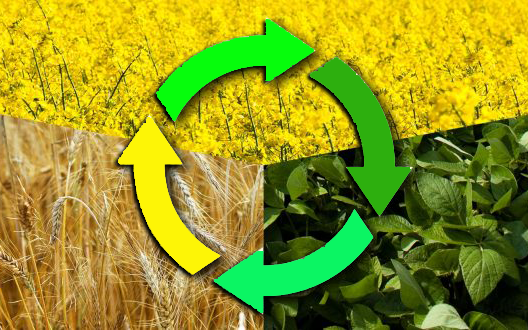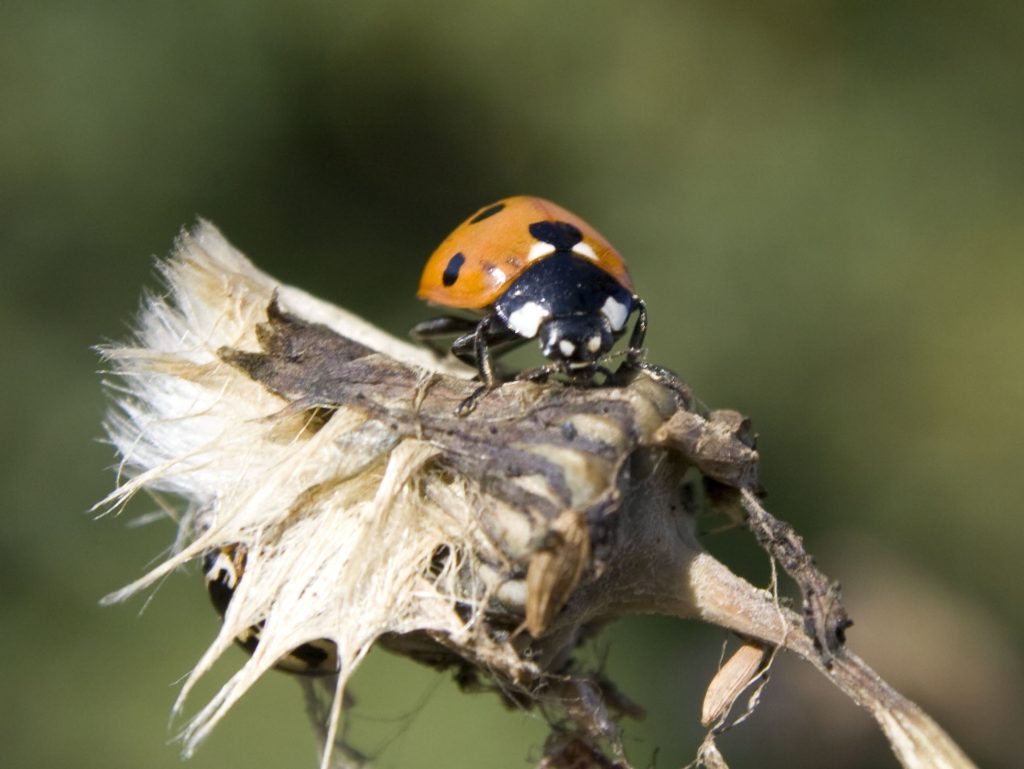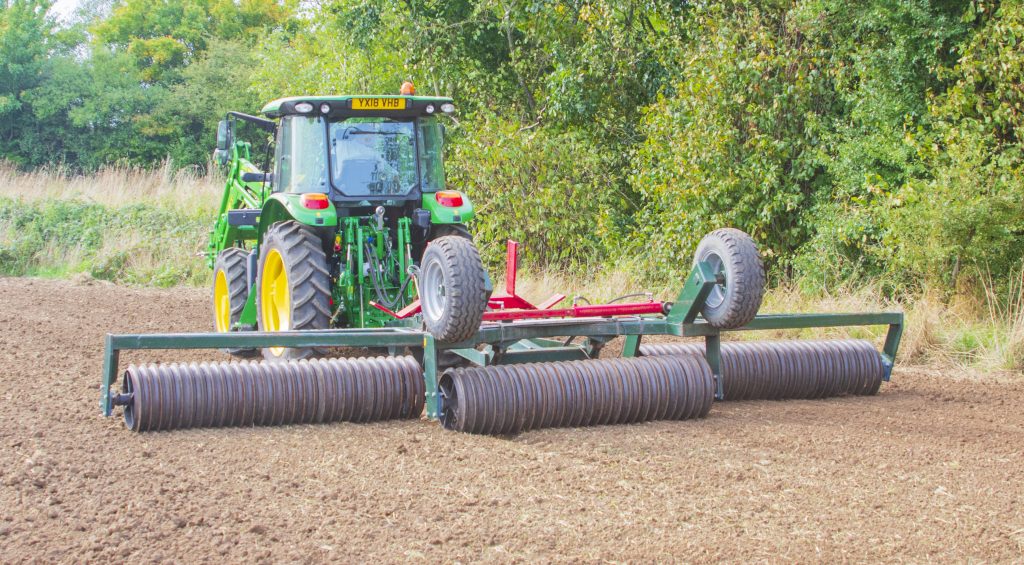Learning Outcomes:
- To explain the main factors crops need to be protected against.
- To describe some ways crops are protected
- To compare how different farming systems apply crop protection
What is IPM?
(Integrated Pest Management)
LEAF (Linking Environment And Farming)
LEAF is a charity that promotes and supports more sustainable farming to create a resilient food & farming system for future generations
Crop Health & Protection
It’s War: Pests, Diseases, Weeds….
Integrated Pest Management (IPM) is a sustainable approach to controlling pests, weeds, and diseases in arable and other crops. It focuses on minimising reliance on chemical pesticides while maintaining crop productivity and protecting the environment.
Key Principles of IPM in UK Arable Farming:
1. Prevention:

Choosing pest- and disease-resistant crop varieties.
- Implementing diverse crop rotations to disrupt pest life cycles.
- Maintaining soil health to improve plant resilience.
- Encouraging beneficial insects and natural predators.
2. Monitoring and Decision-Making:
- Regularly scouting fields for pest populations, disease symptoms, and weed emergence.
- Using threshold-based action plans (e.g., Rothamsted Research pest models).
- Utilising digital tools and weather forecasts to predict outbreaks.
3. Control Methods:
Cultural Controls: Adjusting sowing dates, using cover crops, and enhancing soil fertility.

Biological Controls: Encouraging natural predators like ladybirds for aphid control.

Mechanical and Physical Controls: Mechanical weeding, seedbed preparation, and resistant crop barriers.

Chemical Controls (as a last resort): Targeted pesticide applications using precision farming technology to reduce environmental impact.
4. Evaluation and Adaptation:
- Reviewing the effectiveness of pest management strategies.
- Adapting approaches based on field data, research, and new sustainable practices.
IPM is promoted in the UK through government policies (e.g., Sustainable Farming Incentive) and industry initiatives (e.g., Red Tractor assurance schemes). Adopting IPM helps farmers improve efficiency, reduce chemical inputs, and support biodiversity.
Case Studies of Integrated Pest Management (IPM) in UK Arable Farming
Implementing Integrated Pest Management (IPM) strategies has led to notable successes across UK arable farms. Below are examples highlighting how farmers have effectively adopted IPM practices to manage pests sustainably.
1. Tim Parton’s Regenerative Agriculture Approach
Tim Parton, a farm manager in Staffordshire, has embraced regenerative agriculture to enhance soil health and reduce chemical inputs. His IPM strategies include:
- Cover Cropping: Utilising cover crops to suppress weeds and improve soil structure.
- Biological Controls: Encouraging natural predators to manage pest populations.
- Minimal Tillage: Reducing soil disturbance to maintain beneficial microbial activity.
These practices have led to improved crop resilience and reduced reliance on synthetic pesticides.
2. The Apricot Centre’s Volunteer-Based IPM
The Apricot Centre in Devon has implemented a volunteer-based IPM system to manage pests in their vegetable production. Key components include:
- Regular Monitoring: Volunteers conduct routine inspections to identify pest issues early.
- Cultural Controls: Implementing crop rotations and intercropping to disrupt pest life cycles.
- Physical Barriers: Using nets and traps to prevent pest access to crops.
This community-driven approach has enhanced pest control while fostering education and engagement.
3. Peter Hall’s Integrated Crop Management
Peter Hall’s farm in Kent integrates IPM within a broader regenerative agriculture framework. His methods include:
- Diverse Crop Rotations: Alternating crops to reduce pest and disease buildup.
- Habitat Creation: Establishing wildflower margins to attract beneficial insects.
- Selective Pesticide Use: Applying chemical controls only when necessary, based on monitoring data.
This balanced approach has maintained crop yields while promoting ecological health.
Recent Research and Developments in IPM
Ongoing research continues to advance IPM practices in UK arable farming:
- AHDB’s Comprehensive IPM Review: The Agriculture and Horticulture Development Board (AHDB) conducted an extensive review identifying 40 IPM strategies applicable to 80 significant crop pests. This work serves as a definitive reference for IPM adoption in UK arable rotations. ahdb.org.uk
- Innovative Pest Monitoring: Projects like the British On-Farm Innovation Network (Bofin) are exploring novel methods for pest monitoring, such as enlisting the public to collect slugs for research into slug-resistant wheat varieties. theguardian.com
- Herbicide Resistance Management: The discovery of glyphosate-resistant Italian ryegrass in Kent underscores the need for integrated weed management strategies, including crop rotation and mechanical weeding, to mitigate resistance development. thetimes.co.uk
These initiatives reflect a commitment to refining IPM approaches, ensuring they remain effective and sustainable in the face of evolving agricultural challenges.
Below is presentation which gives more details about “Crop Protection?”


